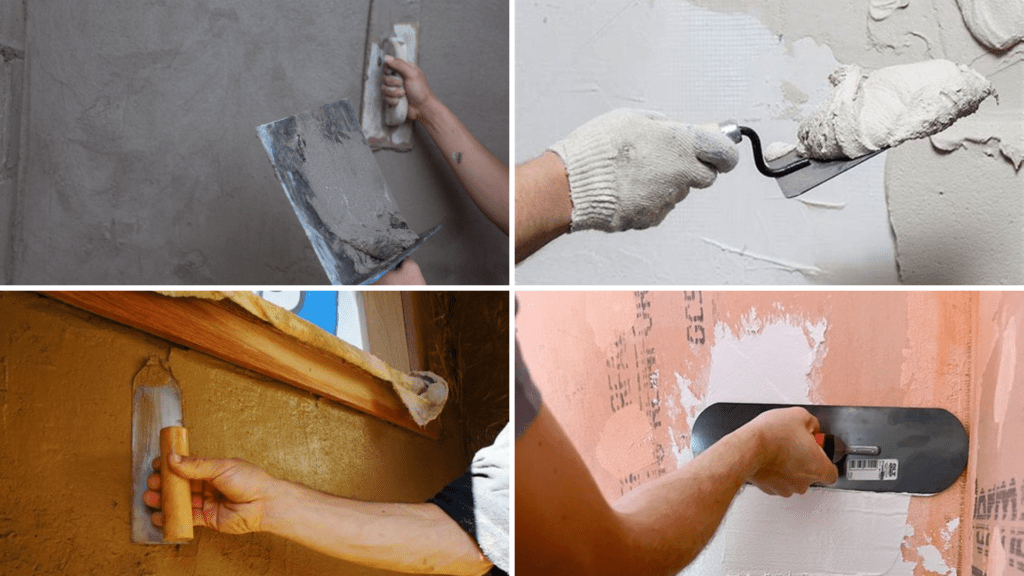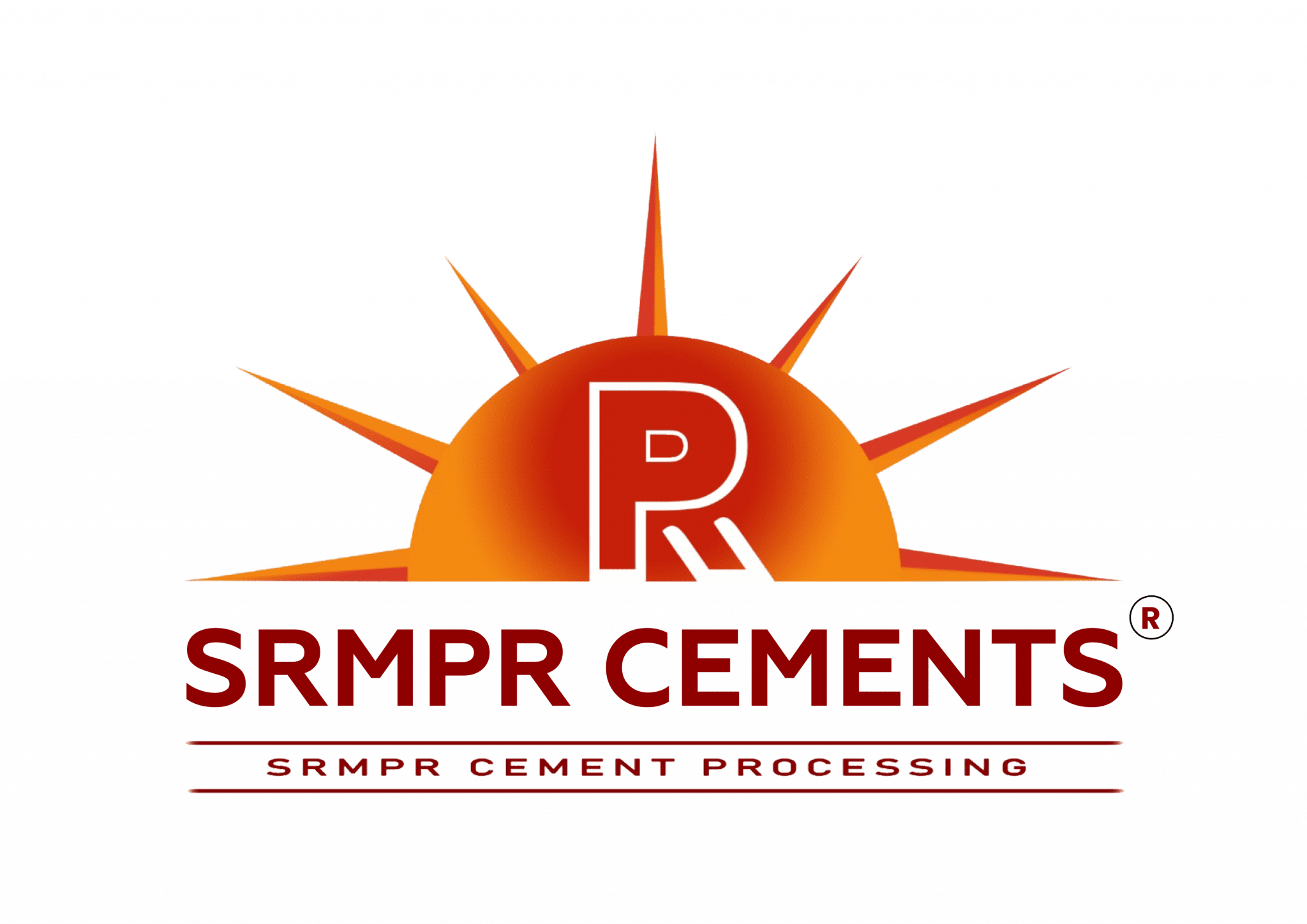Throughout history, from ancient civilizations to modern-day construction practices, plastering has retained its significance, adapting alongside advancements in technology. In the realm of homebuilding, plastering holds a crucial role in achieving smooth, polished, and visually appealing surfaces on walls and ceilings. However, plastering is far from a one-size-fits-all solution; it varies depending on factors such as its intended purpose, the materials utilized, and the desired finish. The choice of plastering technique can profoundly influence the overall ambiance of a space.
Whether you’re a homeowner seeking to rejuvenate your interior walls, a builder engaged in new construction projects, or simply an enthusiast fascinated by the intricacies of construction and design, this guide offers invaluable insights into the diverse array of plastering methods. From traditional approaches to contemporary innovations, we’ll delve into the distinctive characteristics, benefits, and applications of each type.
Understanding Plastering: An Essential Construction Technique
Plastering stands as a time-honored practice within the construction industry, involving the application of a thin layer of plaster onto exposed surfaces like walls, ceilings, or partitions. This plaster mixture typically comprises lime or cement, sand, and water. The primary objective of plastering is to impart a smooth and uniform finish to these surfaces, effectively concealing underlying materials such as brickwork or concrete. Beyond its aesthetic appeal, plastering serves several indispensable functions in construction, including protection, durability, and the leveling and alignment of walls and ceilings.
Types of Plastering Techniques
Cement Plastering:
Cement plastering, also known as cement rendering, entails the application of a mixture comprising cement, sand, and water. This method creates a robust and weather-resistant surface, commonly employed on exteriors to shield against environmental elements. Its adaptability allows for diverse textures and finishes, enhancing both aesthetics and durability.
Gypsum Plastering:
Gypsum plastering, often referred to as plaster of Paris, is favored for interior surfaces. Gypsum, a naturally occurring mineral, forms a smooth paste when mixed with water, drying quickly to deliver a polished appearance. Recognized for its fire-resistant properties, it’s a preferred choice for environments prioritizing hygiene and cleanliness.
Mud Plastering:
Mud plastering, an ancient technique, utilizes locally sourced mud blended with natural materials like straw or dung. This eco-friendly approach yields a rustic, earthy finish, offering excellent thermal insulation and breathability. Ideal for traditional and sustainable construction, it aligns with environmentally conscious practices.
Lime Plastering:
Lime plastering relies on lime as the primary binding material, cherished for its breathability and flexibility. With a history spanning centuries, it enables structures to adapt to changing conditions. Commonly found in historical buildings and restoration projects, lime plaster preserves the authenticity of the structure while providing enduring support.
Waterproof Plaster:
Waterproof plaster is engineered to resist water and moisture infiltration, making it indispensable for areas prone to dampness like bathrooms and basements. Infused with additives enhancing water resistance, this type of plastering safeguards against water damage and the proliferation of mildew, ensuring longevity and structural integrity.
Significance of Plastering in Construction
Enhancing Masonry Durability:
Plastering serves as a protective barrier for brick masonry and other building materials, bolstering their resilience against external factors like impacts, weathering, and temperature fluctuations. By fortifying the structural integrity of masonry, plastering contributes to the long-term durability of the entire construction project.
Facilitating Painting Work:
A primary function of plastering is to create a smooth and uniform surface, ideal for painting and other decorative treatments. Without plastering, surface irregularities and imperfections would mar the finish, making it challenging to achieve a satisfactory aesthetic result.
Shielding Against Environmental Elements:
Exposure to elements such as rain, wind, and sunlight can gradually erode the surface of building materials. Plastering forms a protective barrier, shielding the underlying structure from atmospheric attacks and preserving its integrity and appearance over time.
Preventing Moisture Damage:
Moisture infiltration poses various risks, including mildew growth, material degradation, and structural instability. Through proper plastering techniques, particularly when combined with waterproofing measures, moisture penetration into walls and ceilings is thwarted, safeguarding the structural integrity of the building.
Enhancing Aesthetic Appeal:
Plastering plays a pivotal role in elevating the visual allure of interiors and exteriors. It transforms rough and uneven surfaces into sleek, polished finishes, ready to be adorned with vibrant paints or elegant wallpapers, enhancing the overall aesthetic appeal of the space.
As demonstrated, various types of plastering can be tailored to meet the unique requirements and preferences of a project. To deepen your comprehension of the plastering process and its nuances,
When considering plastering materials, SRMPR Cements emerges as a standout choice. Renowned for its exceptional quality and reliability, SRMPR Cements offers a range of products designed to meet the diverse demands of construction projects. With a commitment to excellence, SRMPR Cements provides the foundation for achieving superior results in plastering applications. Choose SRMPR Cements to elevate your construction endeavors to new heights of durability and performance.



